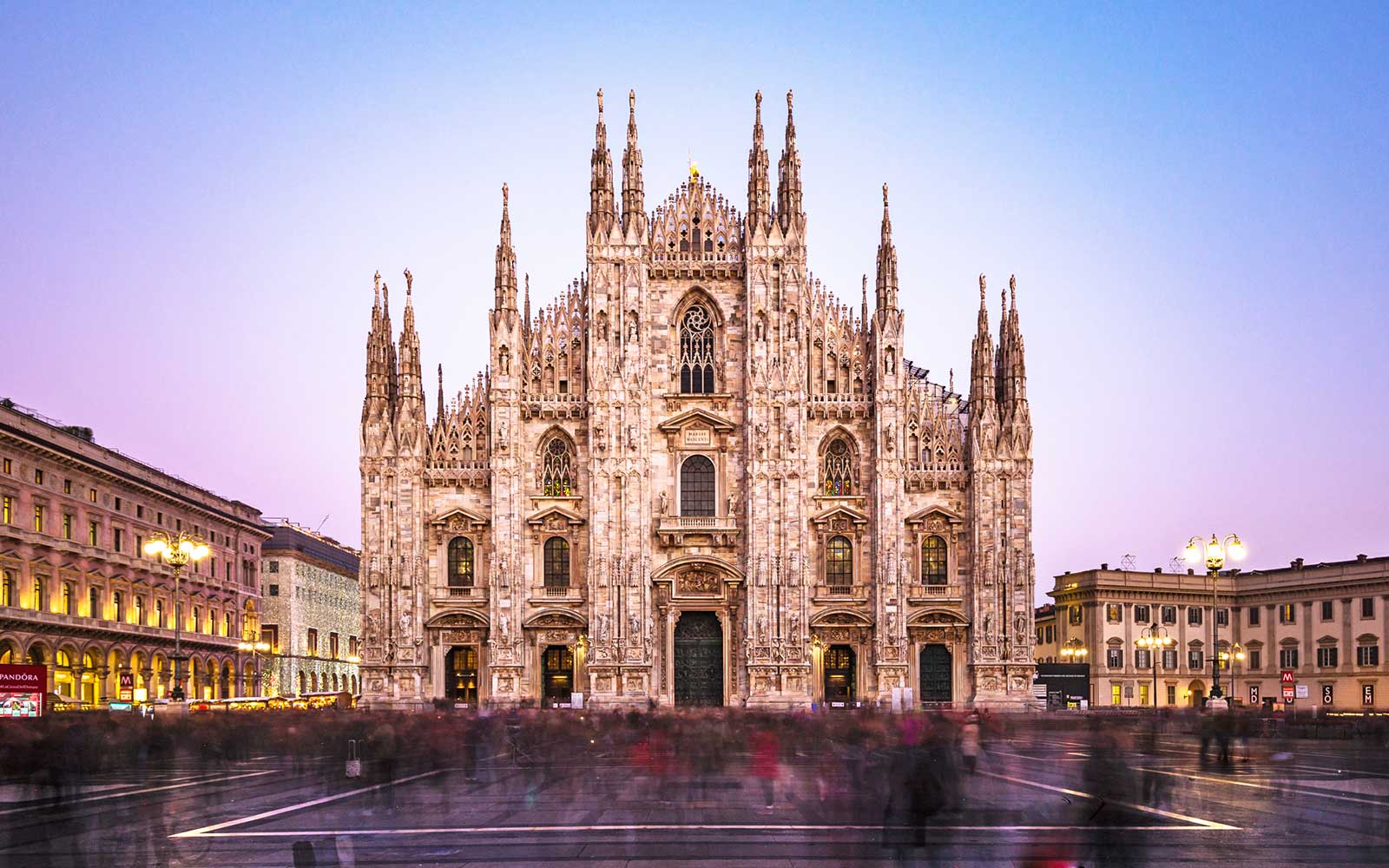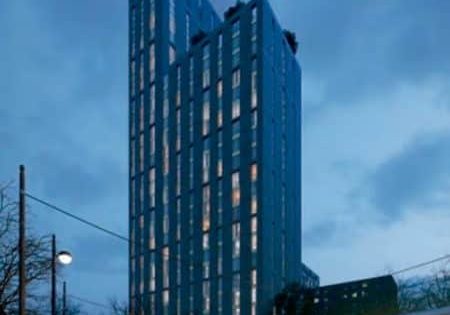Industry Insiders from Africa, Brazil, China, Germany, Italy, India and the U.S. share COVID-19 insights.
“I join the community of the positive,” Belgium-based European Lift Association (ELA) President Roberto Zappa said of his outlook near the conclusion of the more-than-2-hr “Global Elevator & Escalator Industry Perspective: Current Scenario & Recovery Plans” webinar on May 12.
Depending on where in the world one was, the event took place from before daylight to the late afternoon. That failed to dissuade 1,053 people from 71 countries[1] from watching and listening as Elevator World, Inc. President/CEO T.Bruce MacKinnon and ELEVATOR WORLD India publisher and director of Virgo Communications and Exhibitions Anitha Raghunath moderated a discussion that covered the current COVID-19 scenario in their countries, challenges, opportunities, and steps forward. In addition to Zappa, panelists were Achim Hütter, president of VFA-Interlift (Germany); Zhang Lexiang, general secretary, China Elevator Association; Sebi Joseph, president, Otis India and chairman, India Electrical and Electronics Manufacturers Association, vertical-transportation (VT) division; Donald Gelestino, president, National Elevator Contractors Association and president, Champion Elevator (NYC); Massimo Bezzi, president, European Federation for Elevator Small and Medium-Sized Enterprises (EFESME) and chairman, ICM Lift Components (Italy); Segren Reddy, publisher, ELEVATE AFRICA magazine; and Fábio Aranha, president, MERCOSUR Lift Association of South America.
“Just learning about each customer’s protocol is probably the biggest challenge, because it seems that no two are alike, except maybe if it’s a chain of hospitals.”
— Donald Gelestino, president of NAEC and owner of NYC-based Champion Elevator
Panelists provided overviews of the situations in their countries — from Hütter stating Germany has had minimal lockdowns (other than restaurants and entertainment venues) and Lexiang brimming with optimism and stating China is essentially back to normal — to the almost total halt to construction and, in turn, business, described by Joseph and Reddy in India and South Africa, respectively. They described how various governments are offering financial assistance, to varying success. The pandemic providing an opportunity to change was a persistent theme, with panelists confident the industry is capable of adapting. Technology including the Internet of Things, predictive maintenance, digitization and contactless VT solutions are emerging as strong trends, they said.
Panelists described challenges including workforce shortages, payment delays/refusals to pay, supply-chain disruptions, drops in equipment orders
(especially of spare parts) and, at times, an overwhelming mountain of new rules and regulations. Gelestino said:
“The U.S. is different in general, and NYC is different in particular. Every jobsite and management company has a different set of rules. At some places, there is a screening process before you go to the job, and some property managers are taking the temperatures of the mechanics. From site to site, people are open one day and closed the next. Just learning about each customer’s protocol is probably the biggest challenge, because it seems that no two are alike, except maybe if it’s a chain of hospitals.”
Further challenges faced by Gelestino’s company include managing the workforce and scheduling jobs. High-rise office towers are operating at a fraction of normal capacity, while residential towers continue to require service, as their elevators are their lifelines.
“Standardization and organization arethe only ways we can appropriately react and respond to emergencies.”
— Roberto Zappa, ELA President
Champion mechanics who had been scheduled to work on office VT maintenance jobs have transitioned to the residential maintenance department, which Gelestino said is very busy and difficult to manage. He continued:
“One day, a helper will not show up, and on another, a mechanic won’t show up. It’s just a constant shuffle of people. Our office is right in the heart of Times Square, so it’s hard to get in and out. Our staff is learning to adapt outside their comfort zone, and they’re doing terrific at that. All the new rules, processes and shifting shutdowns are difficult to keep up with. Access to buildings has been a particular issue. There is a lot of rescheduling going on, because modernization jobs that were supposed to have started have not. Personal protective equipment (PPE) and cleaning are a huge focus and will continue to be.”
Zappa concurred the crisis created a very fast learning curve, and he said lack of communication is an issue in Europe, as well. “Standardization and organization are the only ways we can appropriately react and respond to emergencies,” Zappa said. “Overnight,” he said, 30% of Italy’s supply chain and capacity disappeared. “Now more than ever, we need to communicate.” Bezzi added that after lockdowns that lasted up to 80 days, Italy’s small and medium-sized enterprises only carried out activities related to repair, maintenance and rescue.
While Italy was impacted early, effects were delayed in South America, Aranha said. With COVID-19 expected to peak there in June, Aranha said there is fear maintenance frequency will decrease, leading to an increase in accidents.
Reddy provided an overview of Africa, which has 54 countries — most of which were in lockdown. In May, there were more than 115,892 COVID-19 cases and more than 3,479 deaths.[2] South Africa, where Reddy is based, was in Level 4 lockdown, which does not allow the commercial and residential construction sectors to operate. In South Africa, he said:
- Everyone must wear a mask.
- Elevator companies are allowed to perform maintenance work, but only one mechanic may be inside an elevator at a time.
- The majority of elevator companies’ office staff is working from home.
- Elevator companies are focusing on residential work, since office buildings are closed.
- Some customers are refusing to pay, and sales volumes are very low.
New Working Conditions
Elevator companies and their employees are dealing with new working conditions all over the world. Gelestino said more than half of Champion’s 45 office employees are working from home. He elaborated:
“The ones who are here have taken every other cubicle. We’ve set out the Purell, and everybody is wearing masks. Gloves are on and off, but the rules are, anytime you touch the copy machine or microwave, you must wash your hands right away. Obviously, we’re not medical or COVID-19 professionals, but we just do the best we can and try to be responsible.”
Bezzi said challenges going forward center around safety and security. Italian rules, norms and processes were in the early phases of being hammered out. “The fact remains there will need to be new standards, not only in relation to safety and sanitation in offices and manufacturing facilities, but also in relation to the installations themselves.” Such standards, he said, should be in placeeven after the COVID-19 emergency has passed.
Joseph described elevator field mechanics as “real COVID heroes.” The elevator industry is not considered essential in India, he said, so field mechanics face challenges and need their employers to communicate with authorities. Otis mechanics, he said, follow all government PPE and procedural guidelines. The stress on them and their families can, at times, be overwhelming, he said. In response, the OEM set up a comprehensive mental wellness program for employees, which MacKinnon praised as a good move to help them deal with the situation.
Emerging Technology
Emerging technology to address the pandemic includes contactless destination-call solutions that use mobile phones, smart cards, and voice and foot activation. Systems using ultraviolet light, air-filtration and antimicrobial coatings are coming to the fore, Lexiang observed.
Gelestino agreed, stating:
“There is not going to be one fix; it’s going to be a bunch of little pieces coming together that will shift things in a very big way. Minimizing the possibility of infection is at the forefront of everybody’s mind right now, and manufacturers are going to pick up and run with technology to get their products out there as soon as possible. We’re definitely going to see a lot of new technology come into play here, which is a good thing.”
On a related note, Gelestino cautioned property managers to refrain from taking cleaning too far. He illustrated his point by describing a complex where Champion services 189 elevators. There, people were spraying abrasive cleaner directly onto the elevator buttons. While it probably killed viruses, it also shorted out circuit boards and damaged position indicators. Customers need to be told to apply such disinfectants with a rag, rather than spraying them directly onto equipment. “There is a lot of opportunity for elevator companies to interact with their customers,” Gelestino said. “We can offer solutions to their problems and even teach short classes and seminars on the use of new technologies.”
Among positives reported was a greater focus on continuing education (CE). Bezzi said the crisis provided an opportunity for EFESME to update materials. Hütter added that, while more than 50 in-person classes in Germany “came to a total stop” in March, they were being turned into online classes, adding that VFA-Interlift had conducted three web classes so far. “There are a lot of things to fine-tune, but I am optimistic going forward.”
Optimism about international trade shows was also expressed, with all panelists agreeing that there will be ingrained changes — social distancing, no more handshaking, masks, PPE — going forward. As recovery varies from country to country, some areas will return to some semblance of normal sooner than others. Zappa said many European countries expect recovery by 2022, but that working together and communication will be vital.
A sentiment of many industries, including ours, was shared recently by David Gardner, founder and CEO of Chicago design firm ColorJar, who said:
“Don’t trust the feeling that this ‘pause’ has slowed down our world; it’s a smokescreen for the truth: a massive disruption cycle is rapidly unfolding. Winners and losers will be left in its wake. Leaders of all varieties — of business, art, science and culture — must take action in anticipation of change, rather than in reaction to it, just as a surfer must start paddling before the wave swells. Those who stand flat-footed wondering and waiting for the path to be fully revealed before moving forward will later be left behind wondering what happened. Halftime is over. Get your game plan and let’s go. Those who take action will be rewarded with new opportunities.”[3]Here’s to the elevator industry emerging in the “winners” column.










References
[1] Interlift 2021 press release. “Interlift Partners, Elevator World, Virgo Communications and AFAG Start Webinar Series,” May 18, 2020.
[2] Rahman, Abdur. “Coronavirus in Africa: 115,892 Cases; 3,479 Deaths; 46,553 Recoveries,” africanews.com, May 26, 2020.
[3] linkedin.com/in/dgardner
Get more of Elevator World. Sign up for our free e-newsletter.







